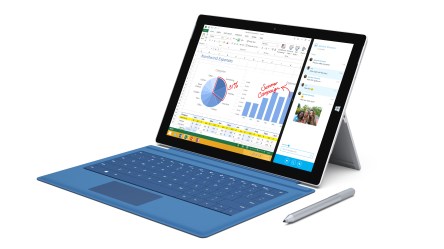“A tablet that can replace your laptop” was the catchphrase that introduced Microsoft’s Surface Pro 3 at its launch event. The world was waiting for Microsoft to enter the 8-inch tablet fray and launch a pure consumer device, without the Windows 8 interface (Desktop and Metro). Instead, the company went in the opposite direction. They decided to transition from tablets to notebooks via a device that runs on hardware too powerful for a tablet, but with a much thinner profile than a laptop. “Everything we’ve done up to this point is manifested in this product. This is our best device — we’re super proud of it,” said Steven Bathiche, in charge of the Applied Sciences Group at Microsoft. The shiny Surface Pro 3 has a few impressive features as well as some less positive aspects. The hardware – a roaring 4th generation Intel Core processor ranging from i3 to the mighty i7, 4 to 8GB of RAM, and storing options that go from 64GB to 512GB; The display – the screen aspect ratio closer to 3:2 compliments the tablet-face, being much better than the 16:10 that most Android tablets chose, and adds to web usage (16:9 and 16:10 are more suited to video) also on the tablet side Surface has the multi-touch feature and a vivid resolution of 2160 x 1440; Windows RT excused – removing this confusion is constructive; Battery life – the nine-hour battery life (on paper) puts it in the “all day device” category; Weight and thickness – we like our devices light and thin these days and Surface Pro 3 holds the award for the thinnest Intel Core product so far – 11.5” x 7.93” x 0.3”; it weighs 2.42lbs with keyboard attached; Target market – Surface Pro 3 doesn’t...

